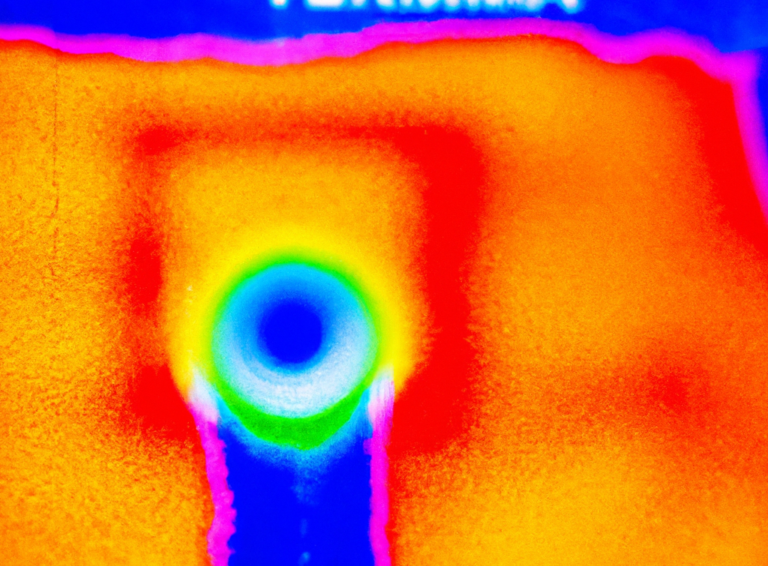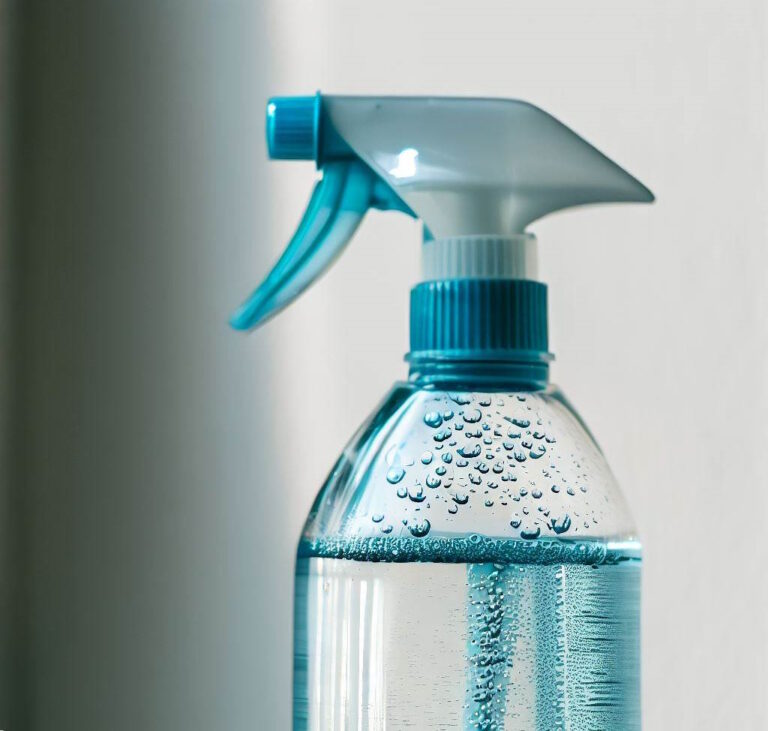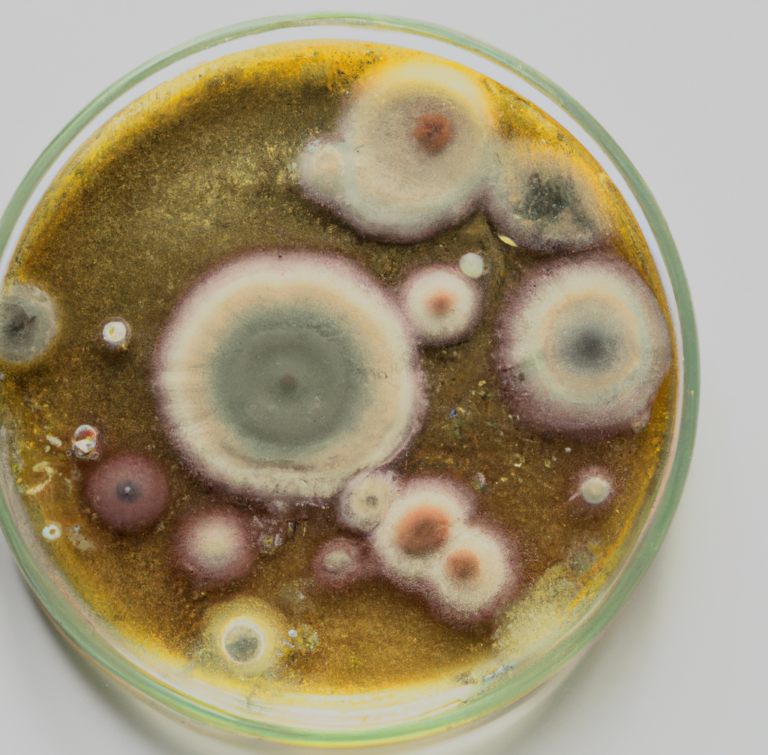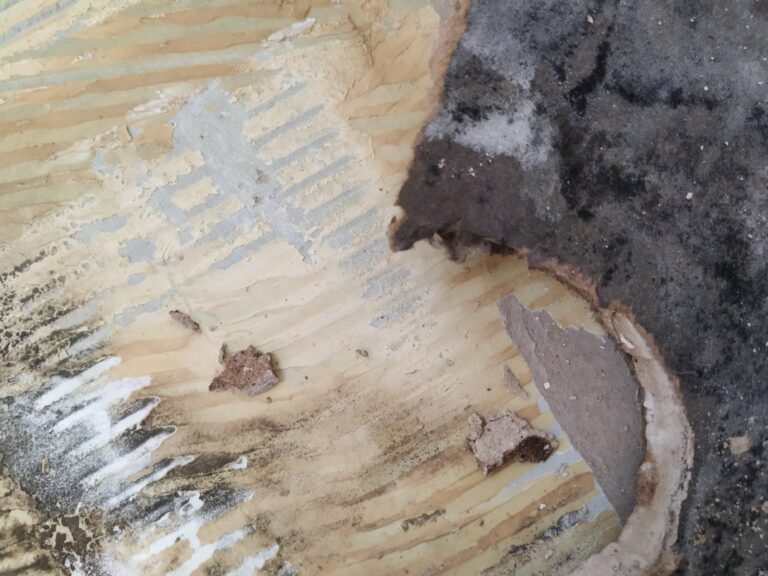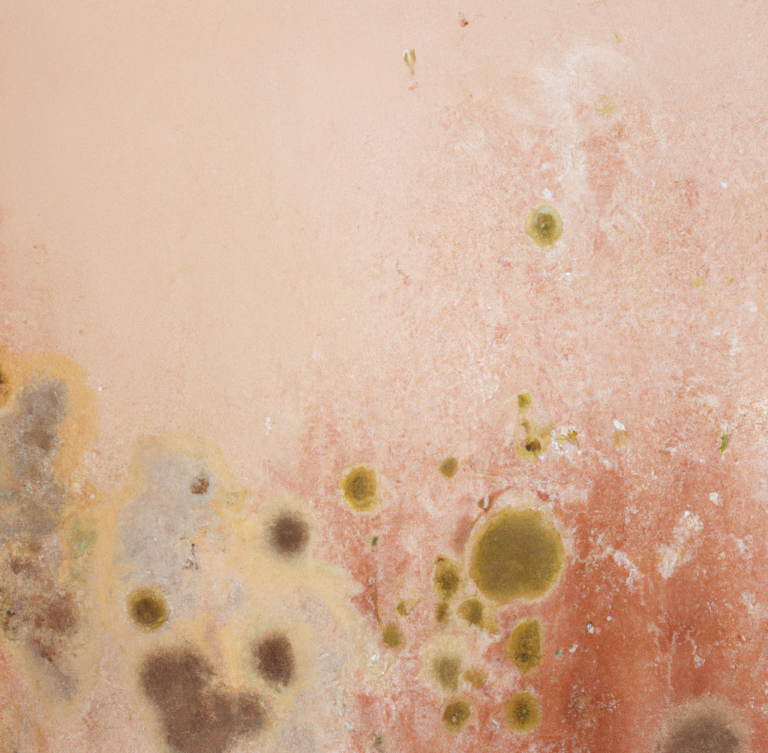Get Rid of the Stubborn Pink Slime in the Bathroom
Serratia marcescens, a distinctive pinkish bacterium often mistaken for mold, holds significance both in the natural world and as an occasional bathroom intruder. In its natural habitat, this bacterium plays a crucial role in nutrient cycling and soil health, contributing to the decomposition of organic matter and enriching ecosystems. However, its journey into bathrooms poses concerns about hygiene and cleanliness, leaving us with questions about its behavior in indoor environments.
The content provided on this website is based on personal experiences with mold and is for informational purposes only. It is not professional advice. For accurate guidance, consult a licensed mold professional. Mold situations can vary, and relying solely on personal experiences may not be suitable for your specific circumstances. We recommend seeking professional assistance for mold-related issues. We disclaim liability for any reliance on the information provided on this website.
What is Serratia marcescens?
Serratia marcescens, a member of the Enterobacteriaceae family, is a rod-shaped, gram-negative bacterium that packs a colorful punch. Known for its ability to produce a striking red or pink pigment, it often finds itself mistaken for mold. However, unlike its fungal counterpart, Serratia marcescens is not dangerous for the average individual and does not possess the same harmful implications.
A Beneficial Player in Nature
In the vast tapestry of the natural world, Serratia marcescens serves as a significant player in nutrient cycling. Serratia marcescens is involved in the decomposition of organic matter in soil and water ecosystems. As an aerobic bacterium, it thrives in environments with oxygen, making it well-suited to break down complex organic compounds. When dead plant and animal material, such as leaves, wood, or other organic debris, accumulates in the soil, Serratia marcescens helps to break down these materials into simpler components. This process releases essential nutrients like nitrogen, phosphorus, and carbon back into the soil, making them available for uptake by plants and other organisms.

Why Does Serratia marcescens Grow in the Bathroom?
Serratia marcescens’ propensity for bathroom habitats can be attributed to several key factors:
1. Moisture: Bathrooms are naturally humid environments, particularly after showers or baths. Serratia marcescens thrives in high humidity conditions, making bathrooms an attractive breeding ground.
2. Limited Ventilation: Inadequate ventilation exacerbates the issue by trapping moisture within the bathroom. Insufficient air circulation creates an environment conducive to bacterial growth, allowing Serratia marcescens to flourish.
3. Organic Substances: Common bathroom products, such as soaps, shampoos, and body washes, contain organic residues. These substances serve as nutrients for Serratia marcescens, providing sustenance for its colonies.
4. Porous Surfaces: Grout lines and porous tile surfaces can retain moisture and organic matter, offering ideal spots for Serratia marcescens to settle and form slimy biofilms.
5. Human Activity: Frequent use of bathrooms introduces bacteria through human contact. Serratia marcescens can readily latch onto surfaces, propagating with each interaction.
Cleaning with Vinegar
To tackle pink slime caused by Serratia marcescens in your bathroom, opt for a natural and effective solution – white vinegar. Mix equal parts of water and white vinegar in a spray bottle. Generously spray the affected areas and let it sit for about 10-15 minutes. Gently scrub the tiles and grout with a soft brush, then rinse thoroughly with clean water to remove the slime and any residue. Ensure the bathroom is adequately ventilated and dry to prevent future bacterial growth.
Cleaning with a Steam Cleaner
For a chemical-free approach, a steam cleaner can be a great solution to sanitize bathroom surfaces. Fill the steam cleaner’s reservoir as instructed by the manufacturer and let it heat up. Hold the nozzle close to the affected areas, allowing the high-temperature steam to dissolve the pink slime. If needed, use a soft brush to scrub stubborn spots. Wipe away the loosened residue with a clean cloth or towel. Ensure proper bathroom ventilation to dissipate steam and moisture, helping to keep the area dry and discourage bacterial growth.
These cleaning methods provide practical solutions to address Serratia marcescens in your bathroom, ensuring a hygienic and pleasant living space.
Drying the Shower/Bathtub: The Crucial Prevention Step
Among all the preventive measures, perhaps the most crucial tip in keeping Serratia marcescens at bay is to dry the shower or bathtub after each use. Use a squeegee or a clean towel to remove excess water from the surfaces, paying particular attention to tiles and grout lines. By minimizing moisture accumulation, you create an environment where Serratia marcescens and other bacteria are less likely to thrive.


